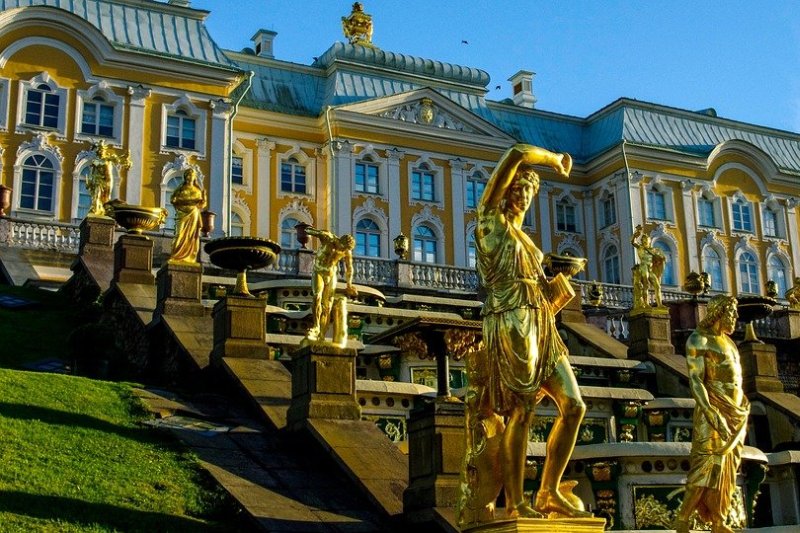
The Bank of Russia’s Financial Technologies Department has approved the blockchain platform of PJSC MMC Norilsk Nickel, enabling the tokenization of goods, services, securities, and other assets.
Announced on Monday, the blockchain was incubated under the sandbox program of the central bank and was running as a pilot under its direct supervision.
“It was one of the largest sandbox projects,” Ivan Zimin, director of the Financial Technology Department at the central bank, said. “We studied in detail the new business model and its relevance to market needs.”
The decentralized platform allows businesses to issue hybrid tokens along with various assets, which will ease the process of financing.
“An important detail of the service is the use of hybrid tokens, which make it easy to adapt to the needs of business and consumers and provide flexible solutions for attracting investments,” Zimin added.
“Based on the results of the piloting, the Bank of Russia proposed to include in the draft federal law ‘On Digital Financial Assets’ the provisions necessary for the introduction and development of such decisions in the emerging digital assets market, which were supported by government bodies and businesses.”
Regulatory sandbox – an easy way to follow compliance
Many blockchain firms are taking advantage of regulatory sandbox programs to make their market debut. Similar to the Russian central bank, its Singaporean counterpart is also piloting multiple blockchain projects under its sandbox.
Recently, the Monetary Authority of Singapore (MAS) approved iSTOX, a tokenized securities trading platform, issuing two licenses after completion of its sandbox program.
Propine, another blockchain firm in the same arena, joined MAS’ sandbox program last November.
Meanwhile, the Bank of Russia is also testing the prospect of issuing a stable digital currency pegged to real estate under its sandbox program along with its ongoing efforts for a central bank digital currency.
(Photo: pixabay)

